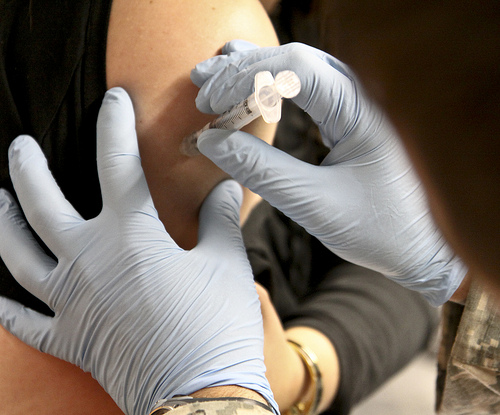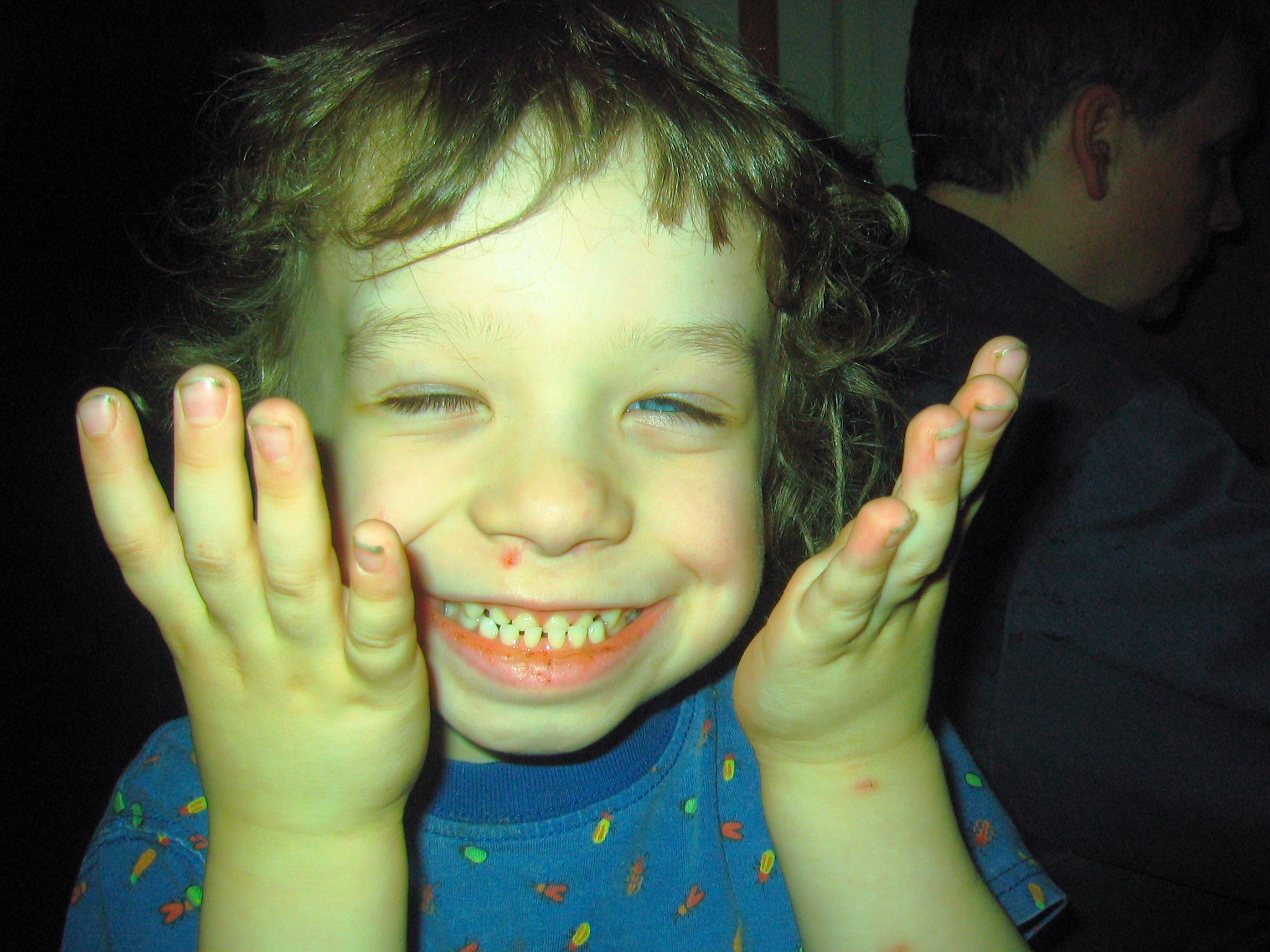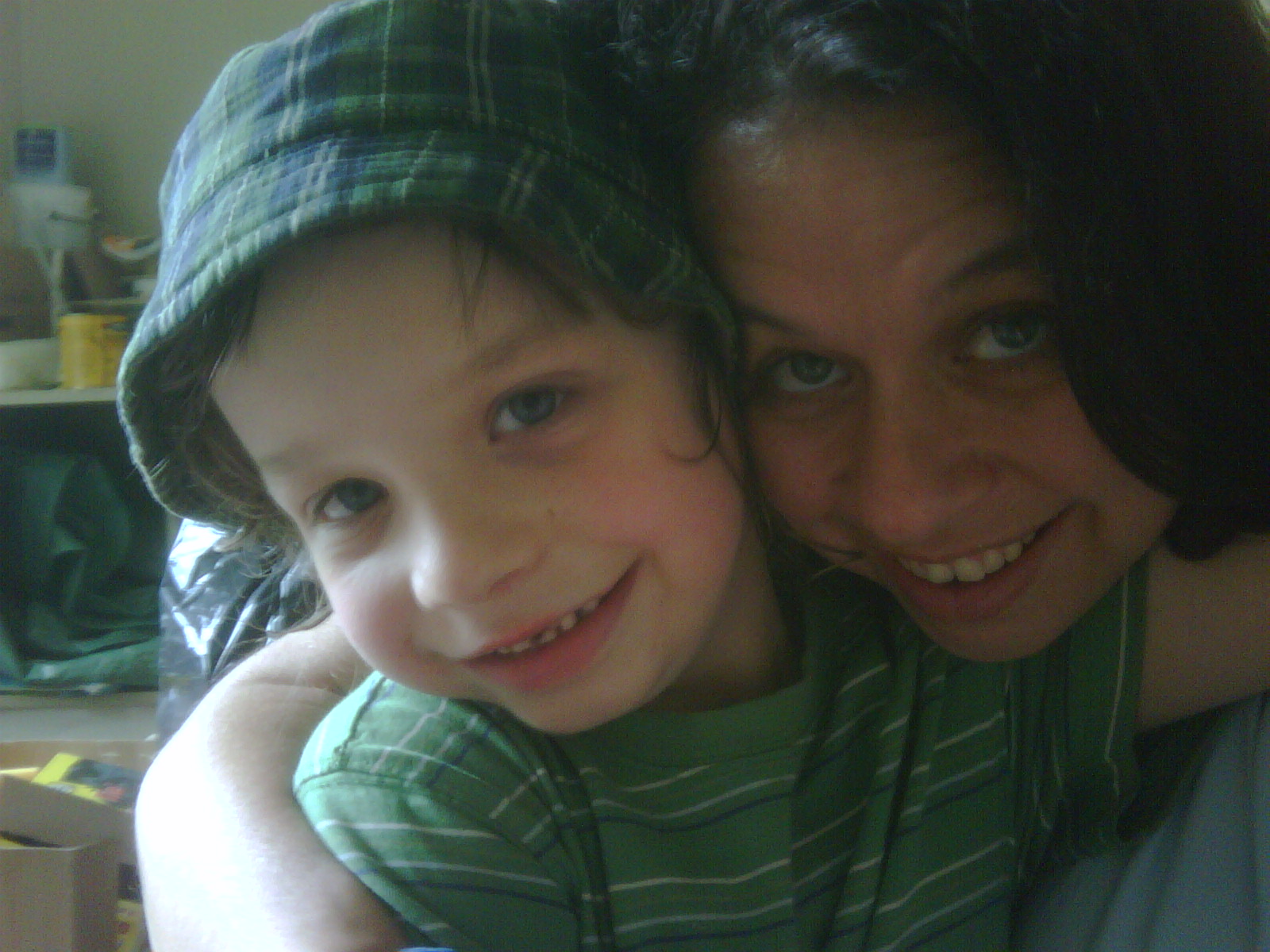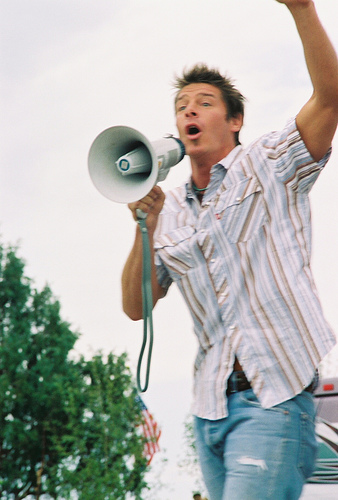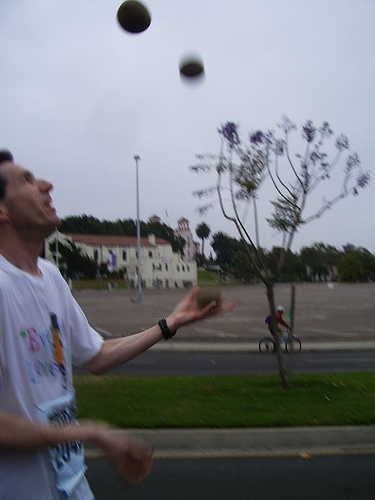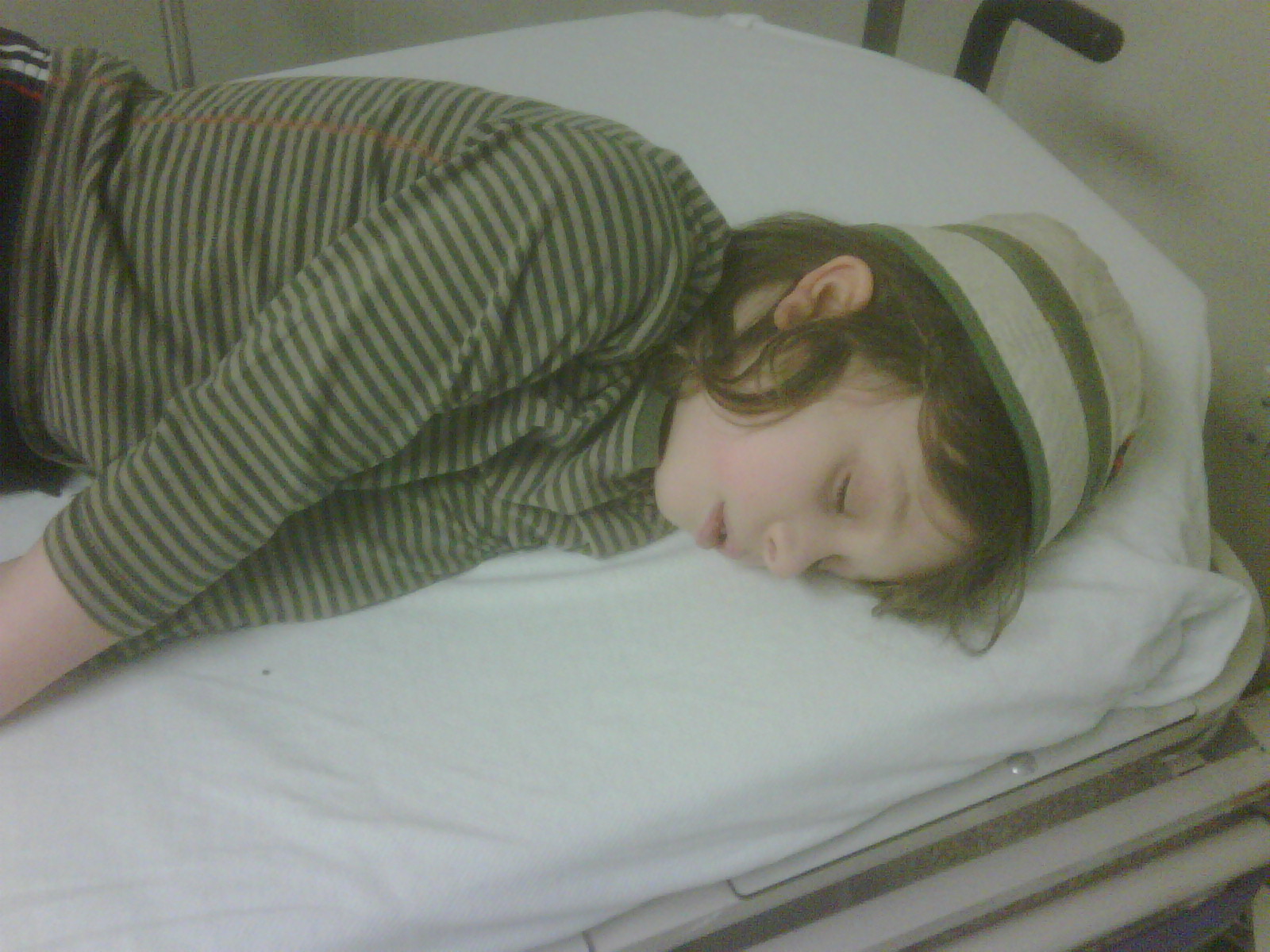 From a very tender age, George has been fascinated with garage doors. Garages themselves hold little interest for him, but the doors are an endless source of interest and entertainment. Right in the beginning, when he was barely old enough to walk, he would insist on being able to watch the garage doors open and close. Understanding this, of course, was a challenge for us, since George had no functional language to speak of at that time, and could not communicate his desires. We had many, many meltdowns borne of the fact that our boy had this thing he wanted and could not ask for. We accidentally discovered the issue when someone happened to close the garage in the middle of a meltdown. As soon as the door started to move, George instantly calmed down.
From a very tender age, George has been fascinated with garage doors. Garages themselves hold little interest for him, but the doors are an endless source of interest and entertainment. Right in the beginning, when he was barely old enough to walk, he would insist on being able to watch the garage doors open and close. Understanding this, of course, was a challenge for us, since George had no functional language to speak of at that time, and could not communicate his desires. We had many, many meltdowns borne of the fact that our boy had this thing he wanted and could not ask for. We accidentally discovered the issue when someone happened to close the garage in the middle of a meltdown. As soon as the door started to move, George instantly calmed down.
George is not fond of garages that are left open. They are pointless to him. An open garage does not have a visible door for him to examine in its minutest detail, and even now, when we are at large in our neighbourhood, we have to watch George to make sure he does not take off in the direction of any open garage he happens to see. If he gets into an open garage, he starts hunting around for the mechanism with which to close it, and this can create an awkward situation for the homeowner whose garage is thus targeted.
In the last couple of years, George has been able to satisfy his garage door obsession by watching YouTube videos featuring – you guessed it – garage doors. You would be amazed at how many videos there are dedicated to this subject. Many of them are demonstrations of garage door opening systems presented by salesmen or manufacturers. That’s good enough for George: he watches the videos over and over, and gives the appearance of actually absorbing the words that are spoken by the presenters. It wouldn’t surprise me: George’s speech is not up to much, but his receptive language is actually quite good.
About six months ago the knowledge came to me that there is such a thing as Garage Door Racing. My son found it on YouTube. To participate in this unlikely activity, all you need is a double garage, and two people, each one with a garage door controller. You start with both doors open, and when the signal is given, each person presses the button on their controller. The person whose door is completely closed first, wins the race.
I know, I know.
But clearly someone enjoys it.
About two weeks ago we started a new phase of the whole garage door thing. George found a YouTube video featuring a guy cutting into a garage door with a jigsaw. He immediately went off and gathered several long pieces of Lego. He stacked them together in a tower that I later realized was a fairly realistic emulation of a garage door. Then he found a toy jigsaw that someone had given to one of the boys. Armed with the Lego and the jigsaw, he returned to the computer and played the video again. Except this time, he copied the video by “cutting” his version of a garage door with his toy jigsaw.
Since then, he has spent many happy moments pretending to cut his door, both with and without the computer. I am encouraged by the pretend play, even if the pretending is of a somewhat unconventional nature. Gerard is encouraged because his son is showing an interest in power tools.
Today we ran into a bit of a problem. Because I have a cold and took a sick day, I was home when George’s school bus dropped him off this afternoon. He came inside, and without even taking his coat off, he ran into the living room, retrieved his toy jigsaw, and then ran back to the front door and tried to go outside. It turned out that he wanted to use his toy jigsaw on the actual garage door.
Great. That’s all we need. Already I am picturing a day when I come home to find our garage door chopped up into pieces.
(Photo credit: http://www.flickr.com/photos/dumbledad/3398173944)







